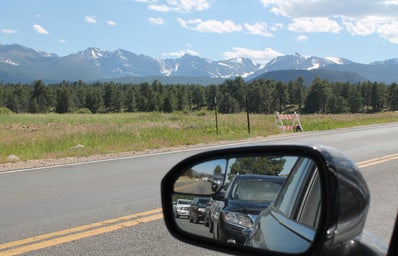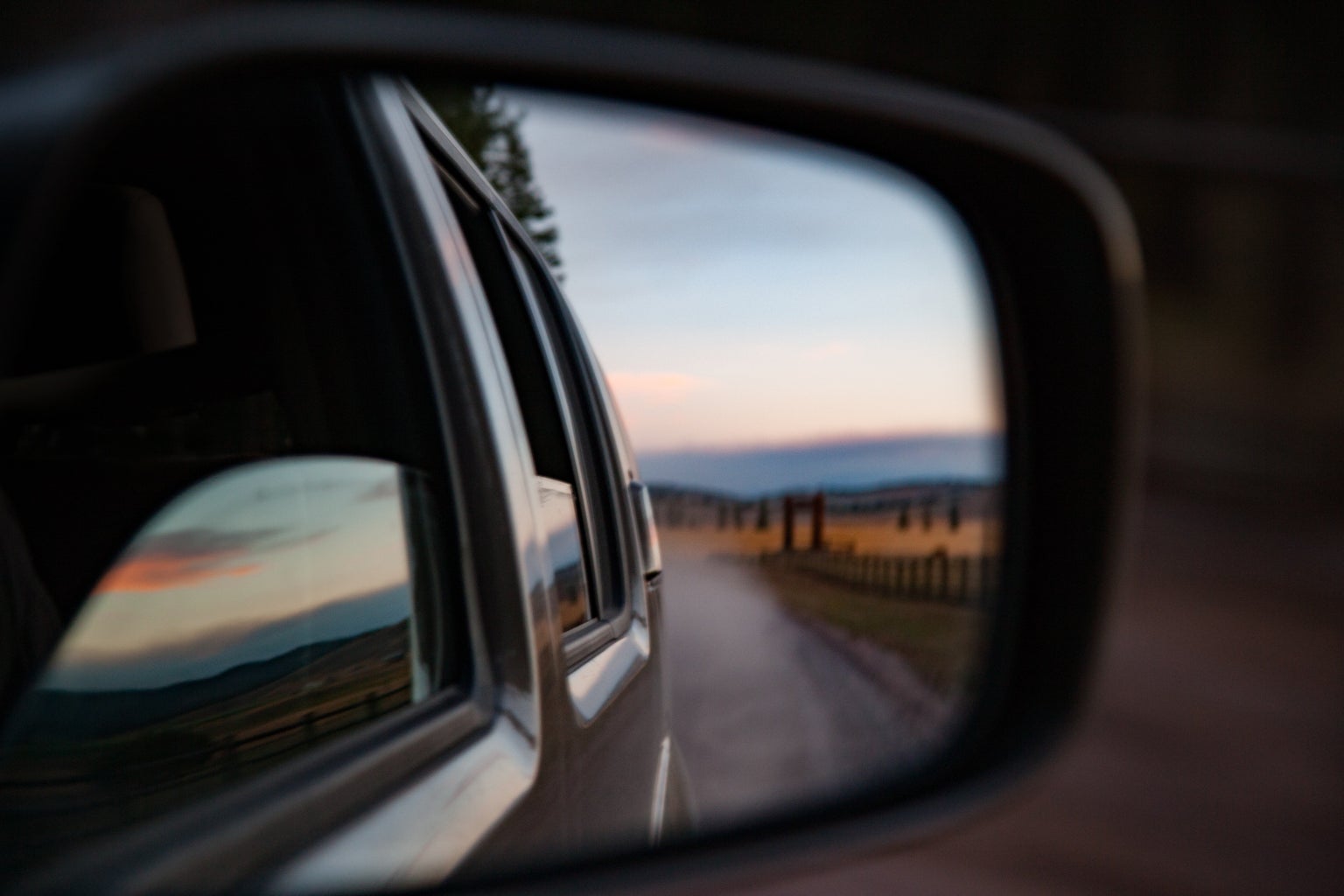For a lot of people, being stranded on the side of the road with a malfunctioning car is their worst nightmare. Here are a few things you can do to curb those worries and know what to do in case of an emergency.
Every semester, I make a 1,000-mile road trip from Colorado to Wisconsin (or vice versa). This trip has made me increasingly aware of the potential dangers of having a car break down and has raised plenty of anxiety on what I should do if my car stops or my battery dies, etc. So I compiled a list of my own personal advice (and some from experienced friends and family) that can help you in case of any vehicle-related-fiasco. Here’s what you need to know/buy/do to keep your car and yourself safe:
Compile a Good Emergency Kit
A solid emergency kit kept in your trunk at all times is bound to ease any worries and come in handy when you need it. A kit will include some basics, like things to keep you warm in case of a malfunction in winter (blankets, hand warmers, foil covers, hats, etc), snacks, water, a flashlight, a portable charger, and a mask. Additionally, a good first aid kit should be kept in your car at all times. While these may seem like obvious things to keep in a kit, there were also some not-so-evident necessities recommended to me.
Something reflective to place near your car to gain attention that your car is stopped would be really helpful if your car stopped at night, as you don’t want other vehicles speeding past you on the freeway. Other items recommended to me were a tire pressure gauge (this one from Amazon glows in the dark for nighttime emergencies) and motor oil (which can be found at any gas station for ~$5.00, though you will need to research what kind your car needs). Additionally, a strong lug nut wrench for changing tires and either jumper cables or a jump box (which is the pricier option) in case your battery dies.
While this might seem completely overwhelming, you don’t necessarily need to gather all these items yourself. There are emergency car kits available online for a variety of prices to get you started.
If you want to know more about what to do with these items, check out this Her Campus article: “Car Maintenance Every Girl Should Know”!
Invest in AAA/Car Manufacturer’s Roadside Protection Program/Auto Insurance Roadside Help Program
Programs like AAA can provide help if you are stranded with a broken-down car and are especially helpful if you don’t have the time to learn how to fix parts of your vehicle or if you’ve watched one too many horror films about being stuck in the middle of nowhere and need some peace of mind.
These programs do cost money, but one tow bill will be as much, if not more, than the annual cost of these programs. Although AAA Plus Annual Membership is around $130 (with 100 miles of towing included), being towed without a program like this can add up quickly. As one of my family members pointed out, a tow from Winter Park back to Boulder, CO could cost up to $589 without AAA ($50 tow fee + $5-7 a mile), as towing companies can charge a dollar amount per mile and a tow fee. Overall, AAA or other similar programs are a smart investment.
Always Have Two Forms of Payment
I can speak on this one from experience: you do not want to get stuck in the middle of nowhere. I personally spent my last $5 in cash on a muffin on a cross-country road trip and then found myself three hours later in desperate need of motor oil with a card that had been shut down for fraud control. You should always have at least two forms of payment, whether it be cash and card or multiple cards, so you can avoid any situation where you need to pay for something and cannot. That being said, you don’t want to keep so much money in your car that if it were stolen it would be a seriously debilitating issue.
Keep your Car Maintenance Updated (Think FLOWER!)
Car repairs can be super intimidating, due to the fact that they can get pricey and that sexism in car repair shops runs rampant. Knowing exactly what you need going in can help with confidence, and asking a trusted and knowledgeable family member or friend how much they’ve paid for the maintenance you need in the past, can help with knowing how much you should be paying.
At a bare minimum, this is the maintenance that is the most important: brake maintenance, oil changes, and tire pressure. Brakes are incredibly important in a mountain climate like Boulder, especially as the winter season approaches as does the looming threat of snowy and icy roads. Brake checks every six months are what is normally recommended. Oil changes are pricey, but the engine will last much longer if the oil is changed regularly (usually every 3,000 miles, or before a big road trip). Tire pressure can be checked with the gauge and filled at any basic gas station, and you’ll be indicated when you should check your pressure when the tire pressure light comes up on your dashboard, or check every month instead of relying on the light.
When it comes to general, beyond-bare-minimum maintenance, remember when walking into a repair shop the acronym FLOWER: Fuel, Lights, Oil, Water, Electrics, and Rubber. You should keep all of these key components in mind when going to get maintenance. Additionally, if you need your older car to last for an extended period of time, check out this article on 101 Car Maintenance Tips That Can Make Your Car Last Longer.
Finally, there are some parts of your car that you should just be keeping an eye on- running your A/C every week for at least 10 minutes, checking your headlights around fall and winter, and watching your timing belt (one of the most important parts of the engine) every 60,000 to 105,000 miles can help prevent an emergency. Additionally, cleaning your wiper blades with rubbing alcohol can help prevent a smudged windshield.
Keep Your Gas Tank Full
I am definitely one of those people that procrastinate filling up their gas until the very last minute, but I’ve learned my lesson after sitting in Chicago standstill traffic and miserably watching my fuel gauge drop from 200 to 50 miles while barely inching forward. My personal rule of thumb is that you should always get more gas when you have around 90 miles remaining in the tank on a road trip, especially one out west (ever seen two gas stations closer than 100 miles apart in Wyoming? Me neither). It ultimately depends on your car, whether you’re running A/C, and personal preference, but any experienced adult will tell you you should start looking for gas stations with around half a tank left.
With these tips, anyone can be set to drive with some peace of mind. Drive safe!




